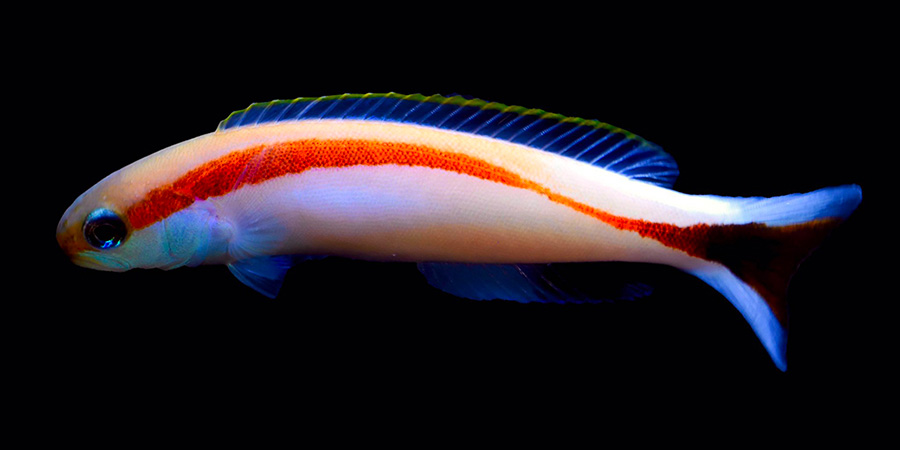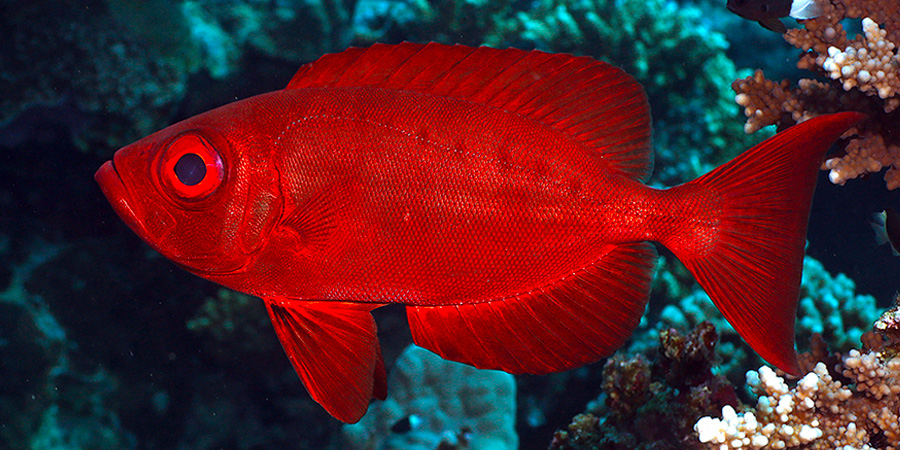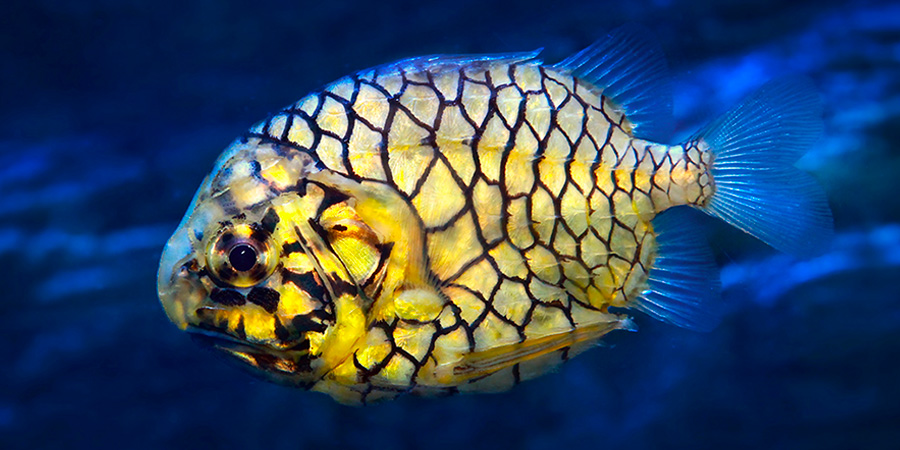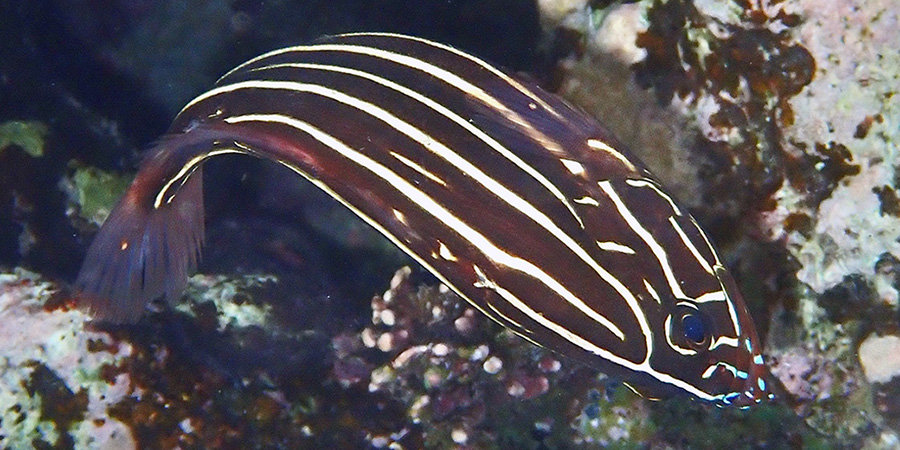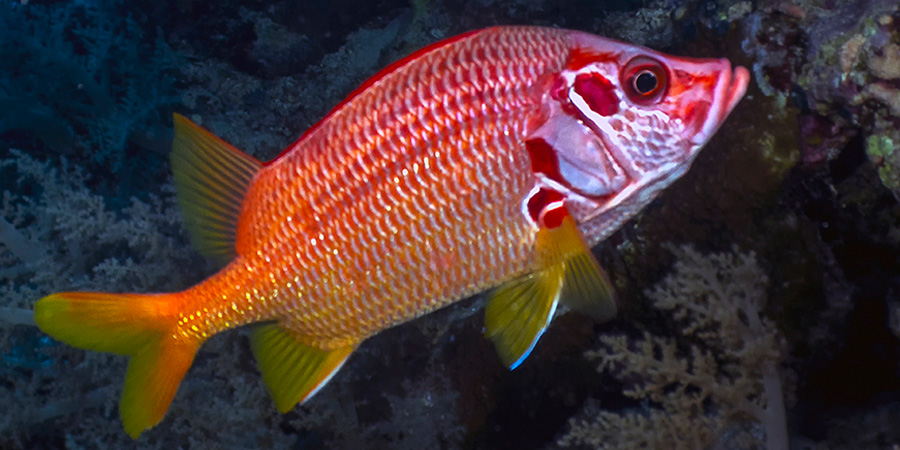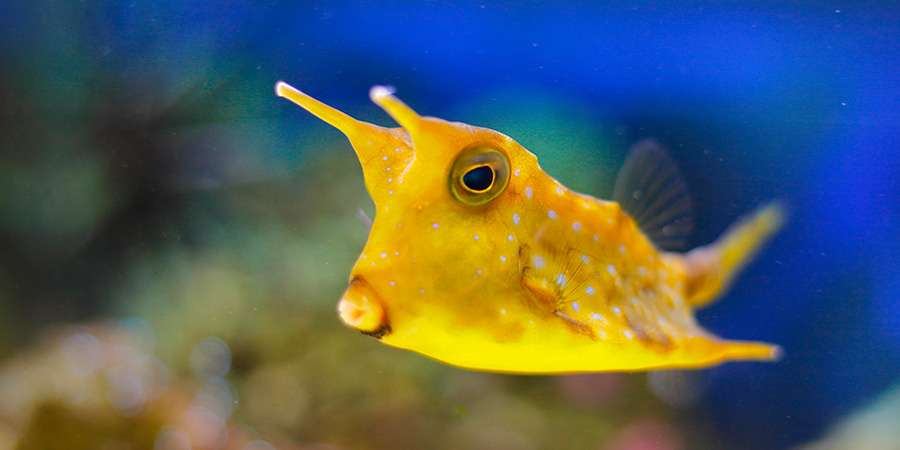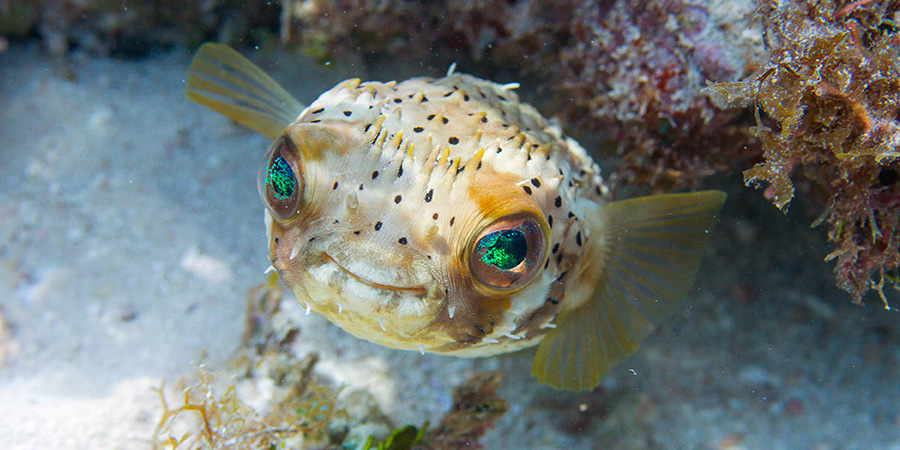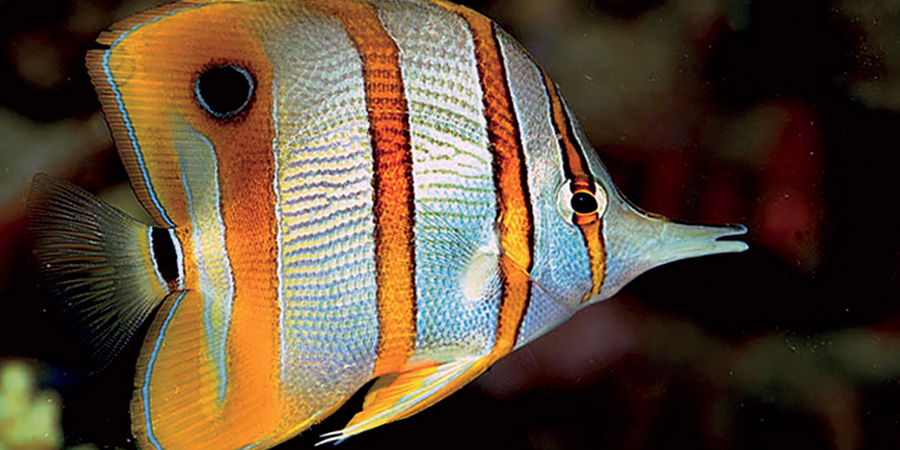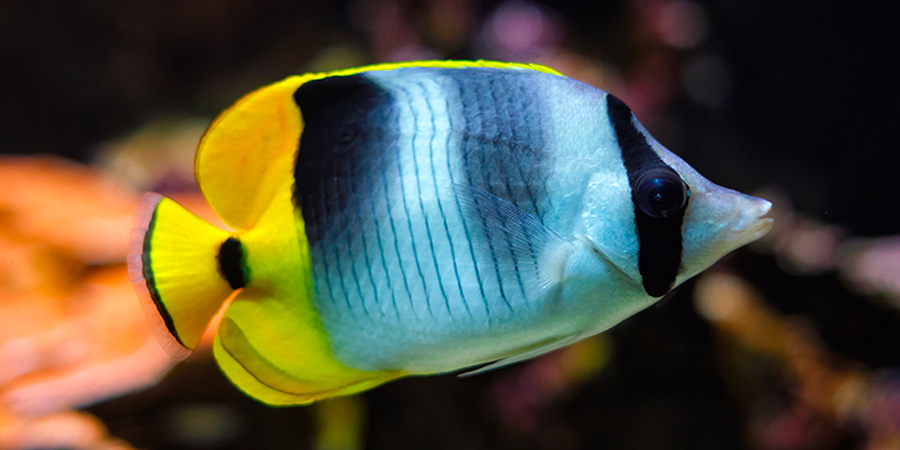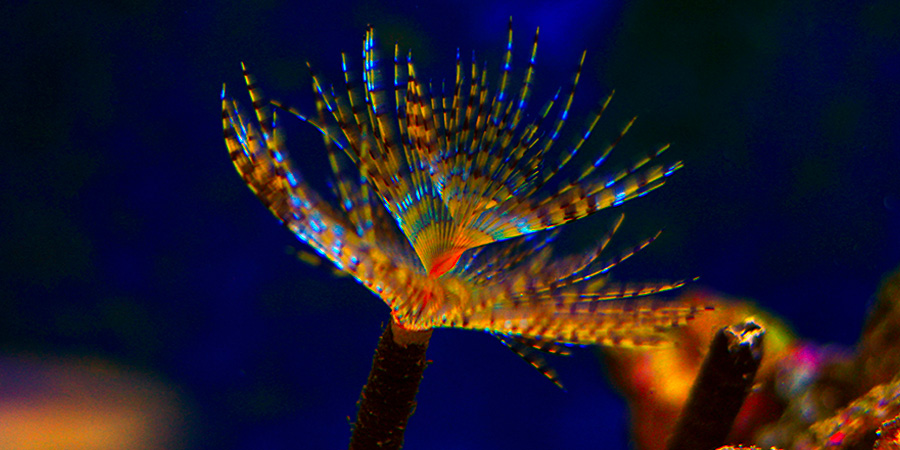
Order : Sabellida
Biology : Sabella are sedentary worms, also known as sea tubeworms. They are characterized by secreting a hardened mucus tube in which to spend the majority of their lives.
However, should the conditions be unfavorable, they are able to escape from their tube and settle elsewhere to secrete a new tube.
Sabella have a crown of tentacles that enable them to breathe and capture plankton. If a threat is spotted, sabella is able to retract its crown into the tube in seconds. Some species are colonial, individuals stick together and build their tubes on each other.

